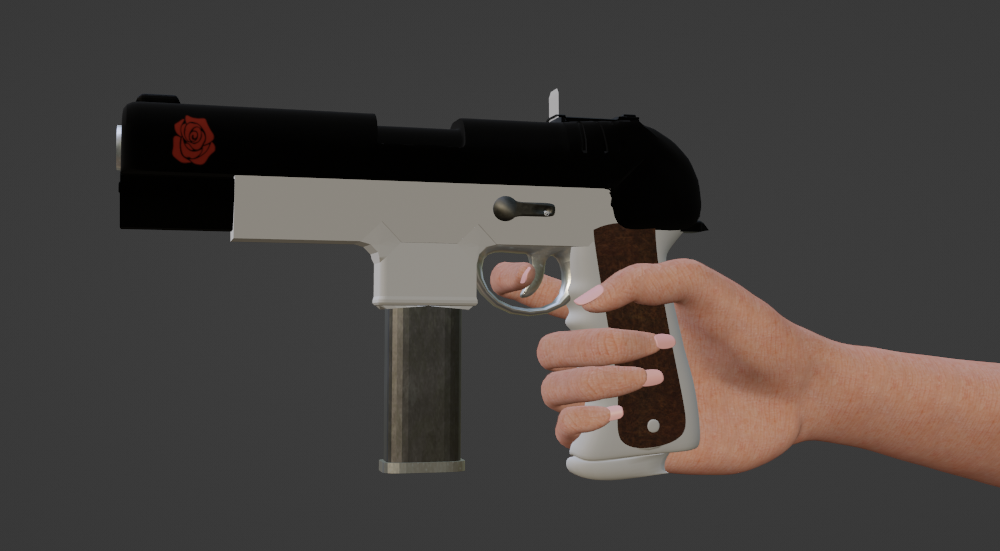

The wireframe of Emma’s hand was meticulously refined, prioritizing an elegant loop structure that allows for high-fidelity deformation without sacrificing performance. Every polygon was justified — especially around the knuckles and phalanges, where compression and stretch needed to flow seamlessly across poses.
Special attention was given to the pads of the fingers and the crease lines of the palm, ensuring they would compress and expand naturally under motion capture or manual keyframing. The mesh density subtly increases in areas of high expressivity, creating smooth transitions between rest and gesture. The result is a topology that honors anatomical nuance while remaining animation-ready, bridging fine art and function with minimal compromise.


The final sculpt of Emma’s hand is rooted in classical anatomy, drawing directly from George Bridgman’s structural logic and John Raynes’ gestural finesse. Rather than simply replicating form, the goal was to capture intention — hands that convey tension, grace, and silent drama. Each volume follows bone-driven design, resulting in a form that bridges artistic sensitivity with anatomical precision.
Below you can see a demonstration of the Idle animation. When you click on the screen, the hand will perform the "Fire" animation.